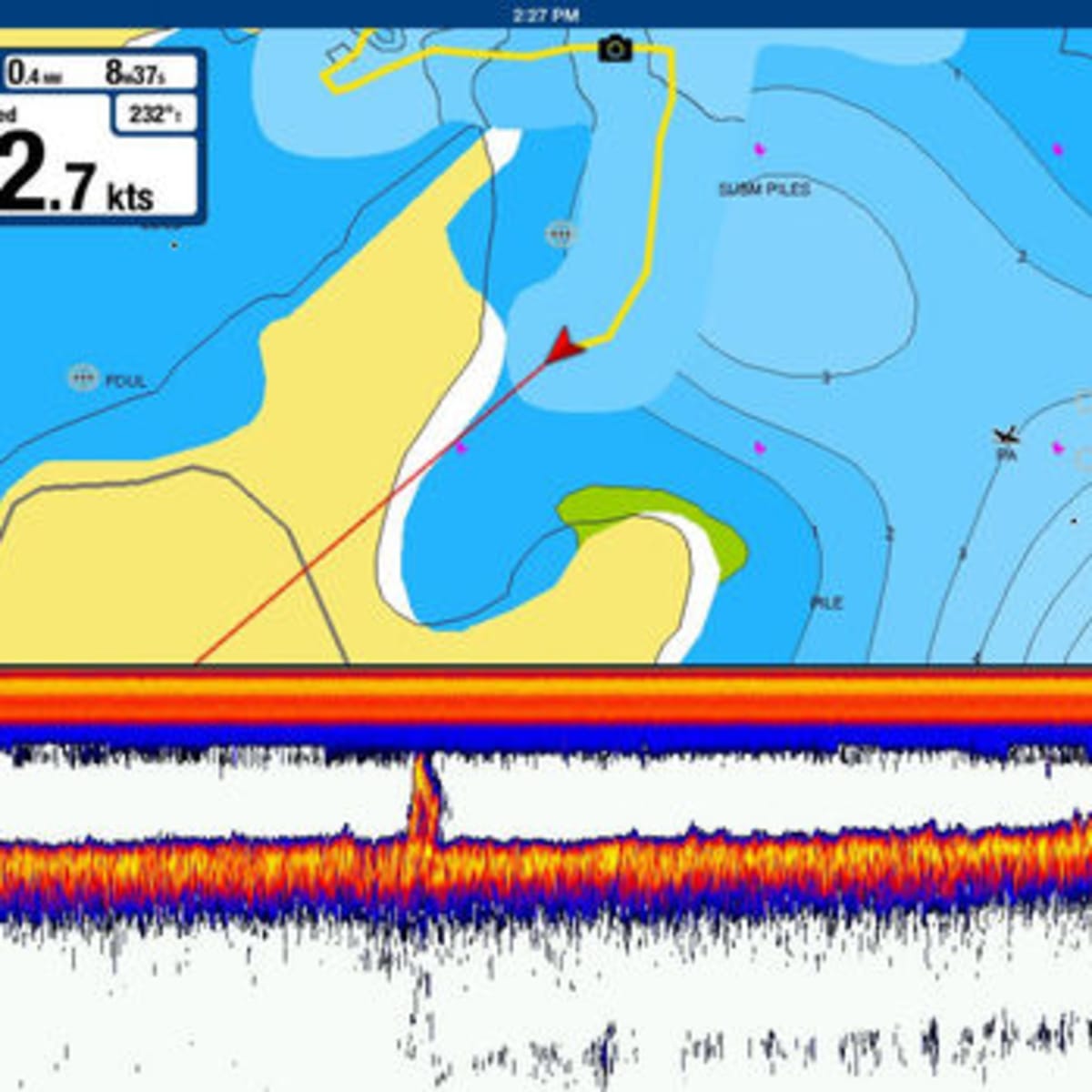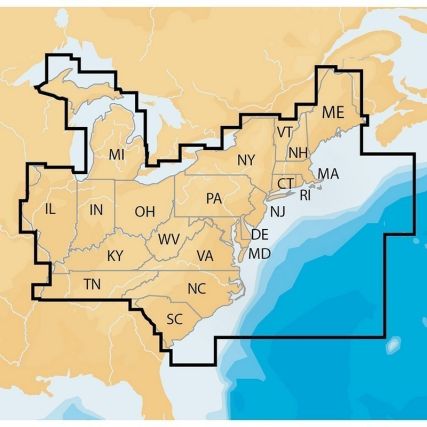

But then again, SonarCharts are always packaged along with regular Navionics charts, and the Navionics Boating app he was using also offers a third “Government” chart choice in the U.S. Isn’t it obvious that SonarCharts are based on depth data collected from boaters and other non-official sources, and thus best used alongside depth data at least originally vetted by hydrographic offices?Īpparently not, and Neil fairly points out how much Navionics brags about SonarChart detail in its marketing.

I was further surprised when Neil reported that fellow Ocean Cruising Club members “were using the SonarCharts when navigating in harbors, as they valued the extra detail provided, and were shocked to hear of our collision.” Dang, the OCC is an experience-based club largely dedicated to sharing accurate up-to-date cruising information - why I was proud to become a member - but “extra detail” is not necessarily extra accurate, or even vaguely correct. I expect to see more mistakes on non-official charts like this, and I don’t expect perfection on any chart. Holy cow, as much as I appreciate SonarCharts, I’ve never even considered using them for primary navigation! As discussed here, I love the ability to share depth information with other boaters, but I also regard SonarChart data with what seems like appropriate skepticism. However, Neil’s main complaint concerns Navionics SonarCharts, first how the 3-foot ledge was missing and then how many other errors he subsequently found, at least in comparison to official data. But here’s another fact: Every vector chart I’ve ever used, including NOAA’s, sometimes misrepresents significant depth soundings that are prominently marked on the equivalent (paper-like) raster charts (that are largely drawn by human cartographers, not algorithms). The worst error in my opinion was that the regular Navionics chart (inset lower right above) did not show the 3-foot depth sounding clearly shown on the official NOAA raster chart at top, as well as the NOAA vector chart in the background above, even though Navionics bases its regular charts on the same NOAA data (like all the cartography manufacturers do). The Navionics errors that Neil reports were 100% true - I’m using the past tense because Navionics has already corrected them, thanks to Neil’s input - which I was able to verify myself using iPad charts that hadn’t been updated yet. Their site S/V Crystal Blues is enjoyable and valuable reading, and I’m hoping they’ll agree that our difference of opinion about their “computer-assisted grounding” is also educational.įacts are not the issue.

In fact, Neil seems like an especially good debate opponent as he and and his partner Ley are deeply experienced sailors - 15 years and much of the globe in their wake - who have also worked hard at sharing information with fellow cruisers. This gives access to continuous real-time chart updates, enhanced satellite imagery and a vast data bank of points of interest (POI) giving information and contact details for marinas, fuel docks, boatyards and even nearby restaurants.The damaged keel photo above comes from a cruising blog entry titled Navionics Sonar Charts & The Missing Reef, and my apologies in advance to Neil Langford for using his nicely written and illustrated accident analysis as a foil for my arguments about how we should be using electronic charts.
#Navionics sonar chart upgrade#
However, perhaps the most interesting aspect of Lighthouse Charts is the option to upgrade to Raymarine’s Premium subscription service. Two other specialist features which will appeal to fishing enthusiasts in particular are expert verified Fishing Hotspots, displaying intelligence on the best places to catch different species along with more detailed 1ft-depth contour lines, and RealBathy mapping which allows users to create their own underwater maps of uncharted areas using onboard sonar.
#Navionics sonar chart professional#
There is even an option to switch between Government and Leisure presentation modes the former being the very clean but basic style favoured by professional mariners which has almost no on-land information, the latter being a more colourful and richly detailed version that leisure boat owners may find more appealing. Both of the above could prove particularly useful when picking your way through busy harbours or heavily charted areas cluttered with information.


 0 kommentar(er)
0 kommentar(er)
